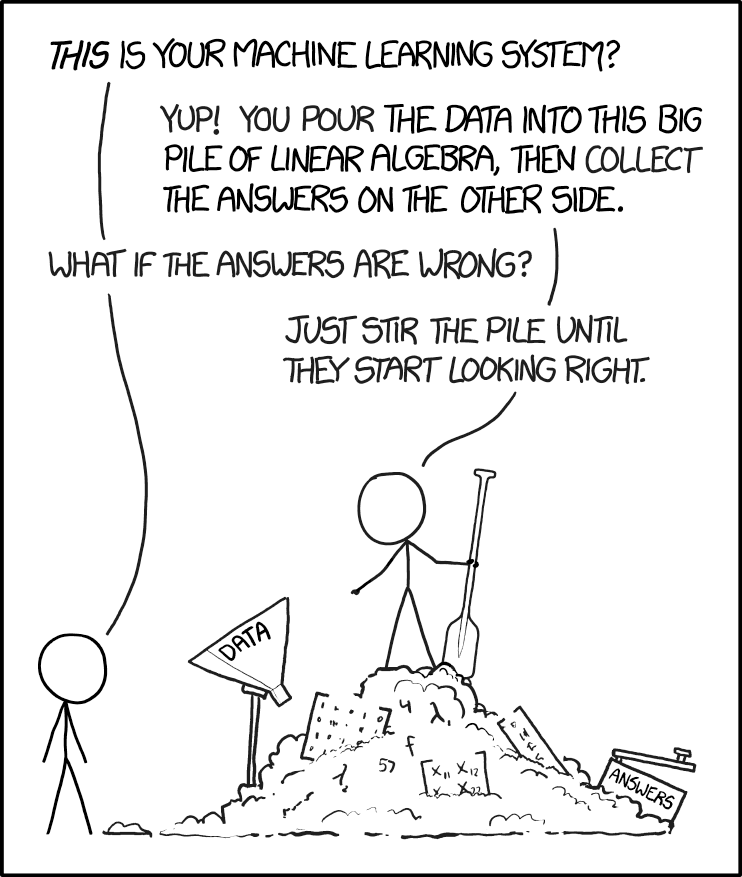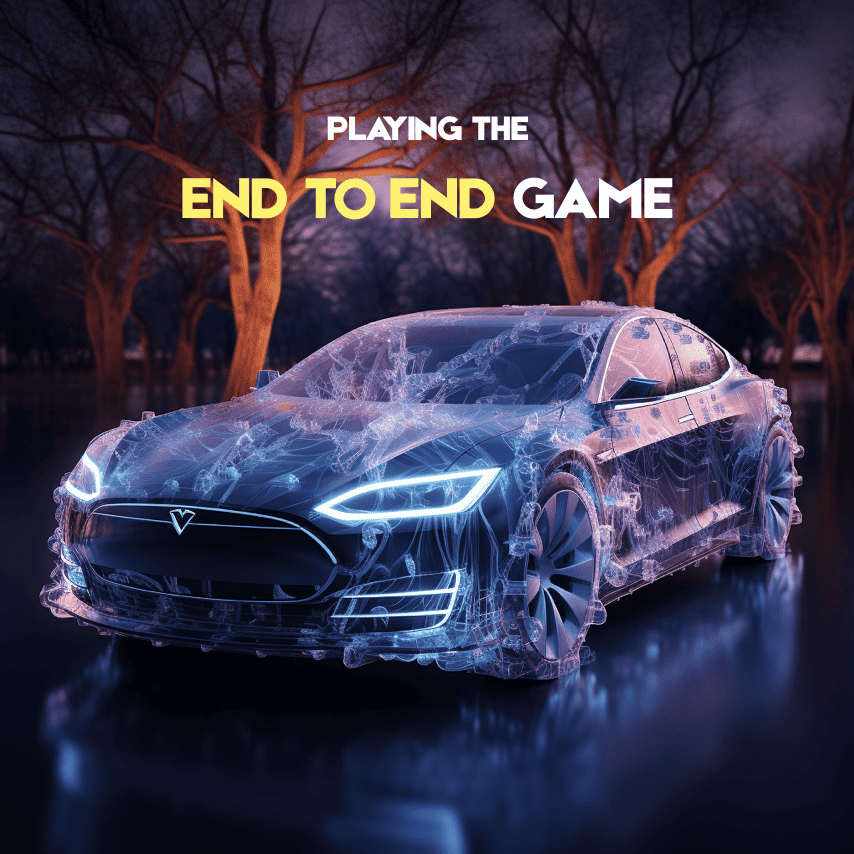Completely agreed; this is purely a NN/training failure, not a sensor suite limitation, and v12 currently has lots of such failures.
True. But we are still orders of magnitude away from L4/L5. Once the low-hanging fruit is solved (largely NN/training), what remains will be largely cases that are hardware-limited. At that point I expect radar/lidar to become much more important for making continued progress on the march of 9's.
The definition is that the car should achieve a "minimal risk condition". The example given in the spec of stopping in a lane involves complete system failure; for bad weather and such their examples involve pulling to the side of the road for added safety. To achieve L4, FSD will have to be able to do this at least as well as a skilled human driver. (I.e. in conditions where a decent human driver would not stop in the middle of the road, FSD should not either.)
Yes, and they were rightly criticized for this incident (and subsequently announced they planned to make improvements to avoid it) because it was a situation where an ordinary human driver wouldn't have stopped in the middle of the road like that.
Cameras can still see the nearby lane lines (even in dense fog they can see a few meters away, which is enough), and combined with maps and GPS and radar to avoid obstacles just out of the cameras' range, this should be plenty of information to be able to pull over safely. And
newer lidars can see a bit farther than cameras in dense fog. Radar of course can "see" the farthest in fog. High-resolution millimeter-wave radars
such as this one could combine the best properties of both radar and Lidar.
The question is whether "not very high" is "< 0.0001%". Beyond a certain point, any L4 failure will feel like a black swan event. But they should still be as rare as possible. IOW, the car should only have to pull to a stop when other drivers are doing the same.





/cdn.vox-cdn.com/uploads/chorus_asset/file/22309273/vpavic_4412_20210111_0003.jpg)